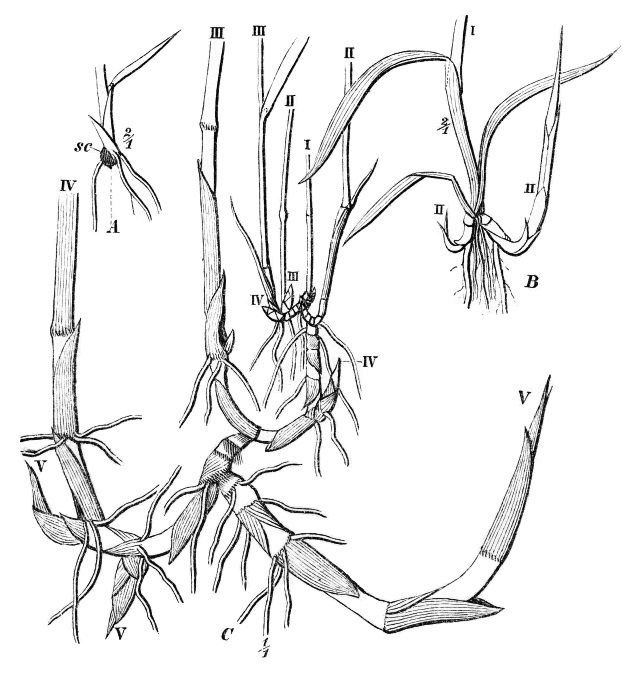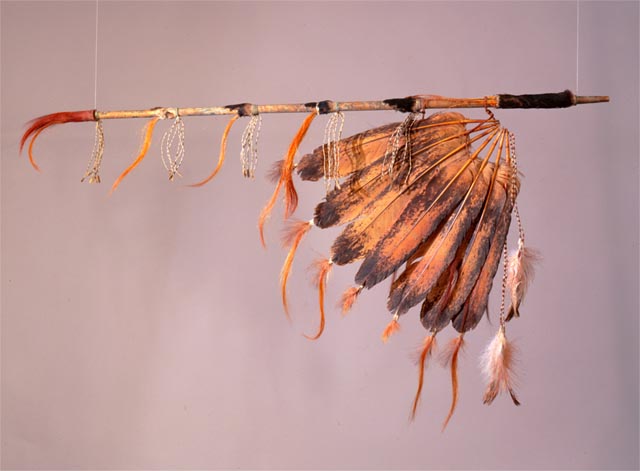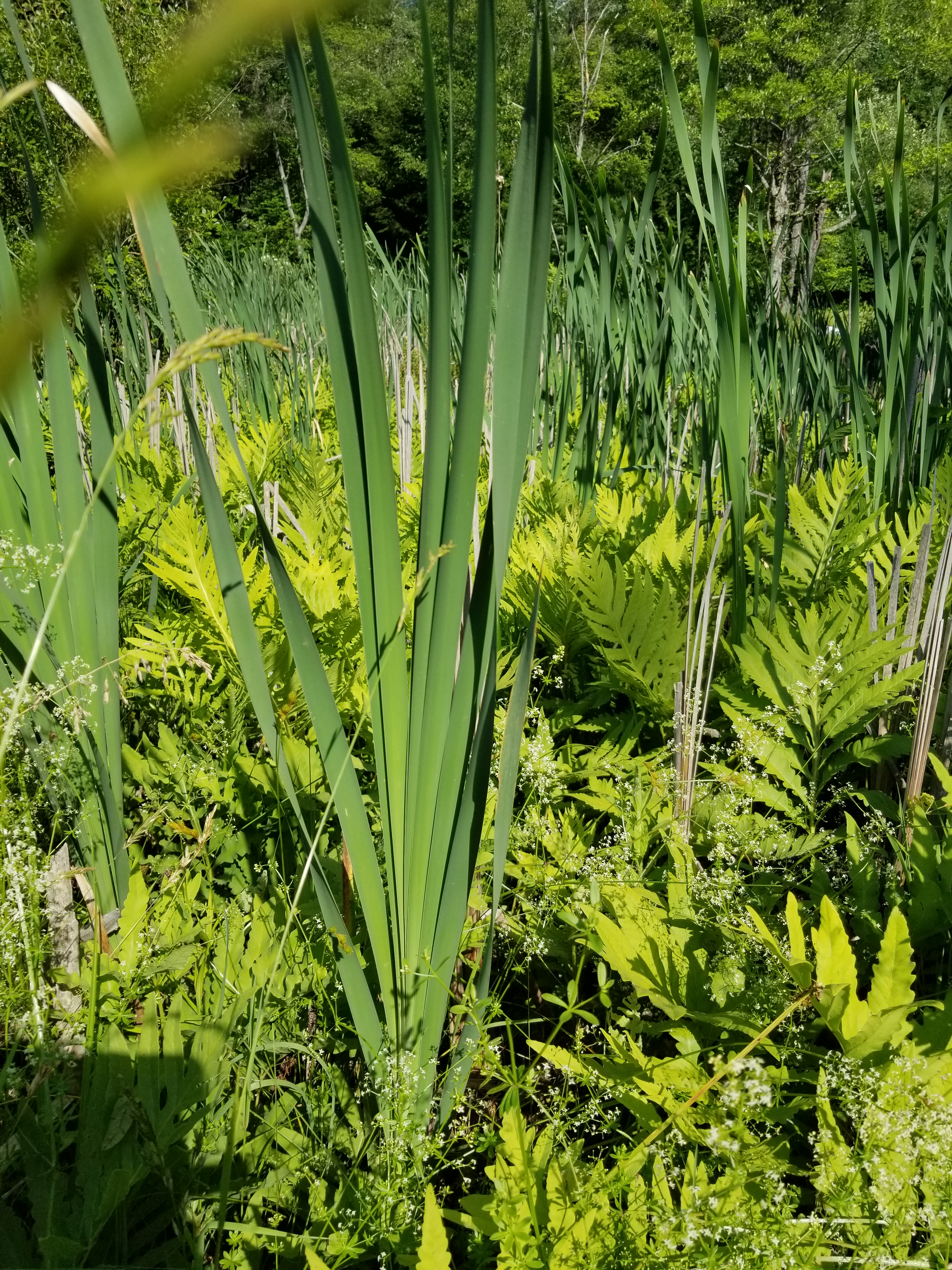|
Kalamos
Kalamos ( grc, Κάλαμος, lit=reed, reed pen; la, Calamus) is a Greek mythological figure. He is son of Maiandros, the god of the Maeander river. Mythology A story in Nonnus's ''Dionysiaca'' tells about the love of two youths, Kalamos and Karpos, the son of Zephyrus and Chloris. Karpos drowned in the Meander river while the two were competing in a swimming contest. In his grief, Kalamos allowed himself to drown also. He was then transformed into a water reed, whose rustling in the wind was interpreted as a sigh of lamentation. Walt Whitman's "Calamus" poems in ''Leaves of Grass'' may have been inspired by this story. Etymology of the word Kalamos Similar words can be found in Sanskrit (कलम ''kalama'', meaning "reed" and "pen" as well as a type of rice), Hebrew (''kulmus'', meaning quill) and Latin (''calamus'') as well as the ancient Greek Κάλαμος (''Kalamos''). The Arabic word قلم ''qalam'' (meaning "pen" or "reed pen") is likely to have been borrowed fr ... [...More Info...] [...Related Items...] OR: [Wikipedia] [Google] [Baidu] |
Karpos
In Greek mythology, Karpos (; Ancient Greek: Καρπός : Karpós; la, Carpus, literally "fruit"), was a youth renowned for his beauty. He is the son of Zephyrus (Ζέφυρος : Zéphyros), the west wind) and Chloris (Χλωρίς : Chlōrís, spring, or new vegetation), forming a natural metaphor—the west wind heralds the new growth of spring, which then bears fruit. Karpo, one of the Horae, is the feminine equivalent of Karpos; her dominion being the fruits of the earth. Greek mythology The story, told in Nonnus's ''Dionysiaca'', tells about the love of two youths, Karpos and Kalamos, son of Maiandros (god of the Maeander river). Karpos drowned in the Meander river while the two were competing in a swimming contest and in his grief, Kalamos allowed himself to also drown. He was then transformed into a water reed, whose rustling in the wind was interpreted as a sigh of lamentation, while Karpos was became 'the fruit of the earth'. Etymology The word Karpos derives ... [...More Info...] [...Related Items...] OR: [Wikipedia] [Google] [Baidu] |
Maiandros
Meander, Maeander, Mæander or Maiandros (Ancient Greek: Μαίανδρος) was a river god in Greek mythology, patron deity of the Meander river (modern Büyük Menderes River) in Caria, southern Asia Minor (modern Turkey). He was one of the sons of the Titans Oceanus and his sister-wife Tethys. Meander was the father of Cyanee, Samia, Kalamos and Callirhoe. Stephanus of Byzantium s. v. ''Alabanda'' Notes References * Hesiod, ''Theogony'' from ''The Homeric Hymns and Homerica'' with an English Translation by Hugh G. Evelyn-White, Cambridge, MA.,Harvard University Press; London, William Heinemann Ltd. 1914Online version at the Perseus Digital Library. * |
Nonnus
Nonnus of Panopolis ( grc-gre, Νόννος ὁ Πανοπολίτης, ''Nónnos ho Panopolítēs'', 5th century CE) was the most notable Greek epic poet of the Imperial Roman era. He was a native of Panopolis (Akhmim) in the Egyptian Thebaid and probably lived in the 5th century CE. He is known as the composer of the ''Dionysiaca'', an epic tale of the god Dionysus, and of the ''Metabole'', a paraphrase of the ''Gospel of John''. The epic Dionysiaca describes the life of Dionysus, his expedition to India, and his triumphant return. It was written in Homeric Greek and in dactylic hexameter, and it consists of 48 books at 20,426 lines. Life There is almost no evidence for the life of Nonnus. It is known that he was a native of Panopolis (Akhmim) in Upper Egypt from his naming in manuscripts and the reference in epigram 9.198 of the ''Palatine Anthology''. Scholars have generally dated him from the end of the 4th to the central years of the 5th century CE. He must have lived af ... [...More Info...] [...Related Items...] OR: [Wikipedia] [Google] [Baidu] |
Calamus (poem)
The "Calamus" poems are a cluster of poems in ''Leaves of Grass'' by Walt Whitman. These poems celebrate and promote "the manly love of comrades". Most critics believe that these poems are Whitman's clearest expressions in print of his ideas about homoerotic male love. Genesis and "Live Oak With Moss" The first evidence of the poems that were to become the "Calamus" cluster is an unpublished manuscript sequence of twelve poems entitled "Live Oak With Moss," written in or before spring 1859. These poems were all incorporated in Whitman's 1860 edition of ''Leaves of Grass'', but out of their original sequence. These poems seem to recount the story of a relationship between the speaker of the poems and a male lover. Even in Whitman's intimate writing style, these poems, read in their original sequence, seem unusually personal and candid in their disclosure of love and disappointment, and this manuscript has become central to arguments about Whitman's homoeroticism or homosexuality. ... [...More Info...] [...Related Items...] OR: [Wikipedia] [Google] [Baidu] |
Phragmites
''Phragmites'' () is a genus of four species of large perennial reed grasses found in wetlands throughout temperate and tropical regions of the world. Taxonomy The World Checklist of Selected Plant Families, maintained by Kew Garden in London, accepts the following four species: * ''Phragmites australis'' ( Cav.) Trin. ex Steud. – cosmopolitan * ''Phragmites japonicus'' Steud. – Japan, Korea, Ryukyu Islands, Russian Far East * ''Phragmites karka'' ( Retz.) Trin. ex Steud. – tropical Africa, southern Asia, Australia, some Pacific Islands, invasive in New Zealand * ''Phragmites mauritianus'' Kunth – central + southern Africa, Madagascar, Mauritius The cosmopolitan common reed has the generally accepted botanical name ''Phragmites australis''. (Cav.) Trin. ex Steud. About 130 other synonyms have been proposed. Examples include ''Phragmites communis'' Trin., ''Arundo phragmites'' L., and ''Phragmites vulgaris'' (Lam.) Crép. (illegitimate name). Wildlife in reed beds ... [...More Info...] [...Related Items...] OR: [Wikipedia] [Google] [Baidu] |
Syrinx
In classical Greek mythology, Syrinx (Greek Σύριγξ) was a nymph and a follower of Artemis, known for her chastity. Pursued by the amorous god Pan, she ran to a river's edge and asked for assistance from the river nymphs. In answer, she was transformed into hollow water reeds that made a haunting sound when the god's frustrated breath blew across them. Pan cut the reeds to fashion the first set of panpipes, which were thenceforth known as ''syrinx''. The word ''syringe'' was derived from this word. In literature Ovid includes the story of Pan and Syrinx in Book One of the Metamorphoses, where it is told by Mercury to Argus in the course of lulling him asleep in order to kill him. The story is also told in Achilles Tatius' '' Leukippe and Kleitophon'' where the heroine is subjected to a virginity test by entering a cave where Pan has left syrinx pipes that will sound a melody if she passes. The story became popular among artists and writers in the 19th century. Elizabe ... [...More Info...] [...Related Items...] OR: [Wikipedia] [Google] [Baidu] |
Swahili Language
Swahili, also known by its local name , is the native language of the Swahili people, who are found primarily in Tanzania, Kenya and Mozambique (along the East African coast and adjacent litoral islands). It is a Bantu language, though Swahili has borrowed a number of words from foreign languages, particularly Arabic, but also words from Portuguese, English and German. Around forty percent of Swahili vocabulary consists of Arabic loanwords, including the name of the language ( , a plural adjectival form of an Arabic word meaning 'of the coast'). The loanwords date from the era of contact between Arab slave traders and the Bantu inhabitants of the east coast of Africa, which was also the time period when Swahili emerged as a lingua franca in the region. The number of Swahili speakers, be they native or second-language speakers, is estimated to be approximately 200 million. Due to concerted efforts by the government of Tanzania, Swahili is one of three official languages (th ... [...More Info...] [...Related Items...] OR: [Wikipedia] [Google] [Baidu] |
Reed Instrument
Reed aerophones is one of the categories of musical instruments found in the Hornbostel-Sachs system of musical instrument classification. In order to produce sound with these Aerophones the player's breath is directed against a lamella or pair of lamellae which periodically interrupt the airflow and cause the air to be set in motion. 422 Reed aerophones :422.1 Double reed instruments - There are two lamellae which beat against one another. ::422.11 (Single) oboes. :::422.111 With cylindrical bore. ::::422.111.1 Without fingerholes. ::::422.111.2 With fingerholes. :::::*Duduk :::::*Piri :::422.112 With conical bore. ::::*Bassoon ::::*Hne ::::*Oboe ::::**Oboe d'amore ::::*Shawm ::::*Taepyeongso ::422.12 Sets of oboes. :::422.121 With cylindrical bore. :::422.122 With conical bore. :422.2 Single reed instruments - The pipe has a single 'reed' consisting of a percussion lamella. ::422.21 (Single) clarinets. :::422.211 With cylindrical bore. ::::422.211.1 Without fingerholes. ... [...More Info...] [...Related Items...] OR: [Wikipedia] [Google] [Baidu] |
Aulos
An ''aulos'' ( grc, αὐλός, plural , ''auloi'') or ''tibia'' (Latin) was an ancient Greek wind instrument, depicted often in art and also attested by archaeology. Though ''aulos'' is often translated as "flute" or "double flute", it was usually a double-reeded instrument, and its sound—described as "penetrating, insisting and exciting"—was more akin to that of the bagpipes, with a chanter and (modulated) drone. An aulete (, ) was the musician who performed on an ''aulos''. The ancient Roman equivalent was the ''tibicen'' (plural ''tibicines''), from the Latin ''tibia,'' "pipe, ''aulos''." The neologism aulode is sometimes used by analogy with ''rhapsode'' and ''citharode'' ( citharede) to refer to an ''aulos'' player, who may also be called an aulist; however, aulode more commonly refers to a singer who sang the accompaniment to a piece played on the aulos. Background There were several kinds of ''aulos'', single or double. The most common variety was a reed instrumen ... [...More Info...] [...Related Items...] OR: [Wikipedia] [Google] [Baidu] |
Calumet (pipe)
A ceremonial pipe is a particular type of smoking pipe, used by a number of cultures of the indigenous peoples of the Americas in their sacred ceremonies. Traditionally they are used to offer prayers in a religious ceremony, to make a ceremonial commitment, or to seal a covenant or treaty. The pipe ceremony may be a component of a larger ceremony, or held as a sacred ceremony in and of itself. Indigenous peoples of the Americas who use ceremonial pipes have names for them in each culture's Indigenous language. Not all cultures have pipe traditions, and there is no single word for all ceremonial pipes across the hundreds of diverse Native American languages. Use in ceremonies Although often called "peace pipes" by Europeans (and, specifically, ''calumet de paix'', by the French), the smoking of a ceremonial pipe to seal a peace treaty is only one use of a ceremonial smoking pipe, by only some of the nations that utilize them. Various types of ceremonial pipes have been used by di ... [...More Info...] [...Related Items...] OR: [Wikipedia] [Google] [Baidu] |
Sweet Flag
''Acorus calamus'' (also called sweet flag, sway or muskrat root, among many common names) is a species of flowering plant with psychoactive chemicals. It is a tall wetland monocot of the family Acoraceae, in the genus ''Acorus.'' Although used in traditional medicine over centuries to treat digestive disorders and pain, there is no clinical evidence for its safety or efficacy – and ingested calamus may be toxic – leading to its commercial ban in the United States. Description Sweet flag is a herbaceous perennial, tall. Its leaves resembles those of the iris family. Sweet flag consists of tufts of basal leaves that rise from a spreading rhizome. The leaves are erect yellowish-brown, radical, with pink sheathing at their bases, sword-shaped, flat and narrow, tapering into a long, acute point, and have parallel veins. The leaves have smooth edges, which can be wavy or crimped. The sweet flag can be distinguished from iris and other similar plants by the crimpe ... [...More Info...] [...Related Items...] OR: [Wikipedia] [Google] [Baidu] |
Calamari
Squid is eaten in many cuisines; in English, the culinary name calamari is often used for squid dishes.''Oxford English Dictionary'', 3rd edition, 2002''s.v.''/ref> There are many ways to prepare and cook squid. Fried squid is common in the Mediterranean. In New Zealand, Australia, the United States, Canada, and South Africa, it is sold in fish and chip shops. In Britain, it can be found in Mediterranean 'calamari' or Asian 'salt and pepper fried squid' forms in various establishments, often served as a bar snack, street food, or starter. Squid can be prepared for consumption in a number of other ways. In Korea, it is sometimes served raw, and elsewhere it is used as sushi, sashimi and tempura items, grilled, stuffed, covered in batter, stewed in gravy and served in stir-fries, rice, and noodle dishes. Dried shredded squid is a common snack in some Asian regions, including East Asia. Use The body ( mantle) can be stuffed whole, cut into flat pieces or sliced into rings. The ... [...More Info...] [...Related Items...] OR: [Wikipedia] [Google] [Baidu] |






